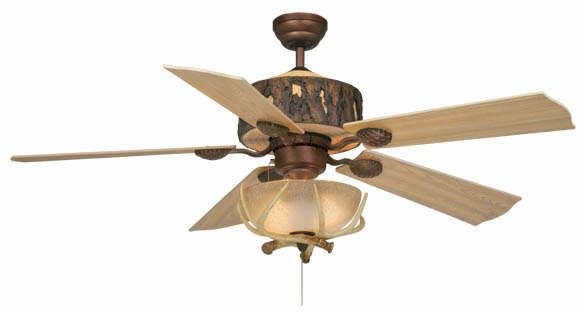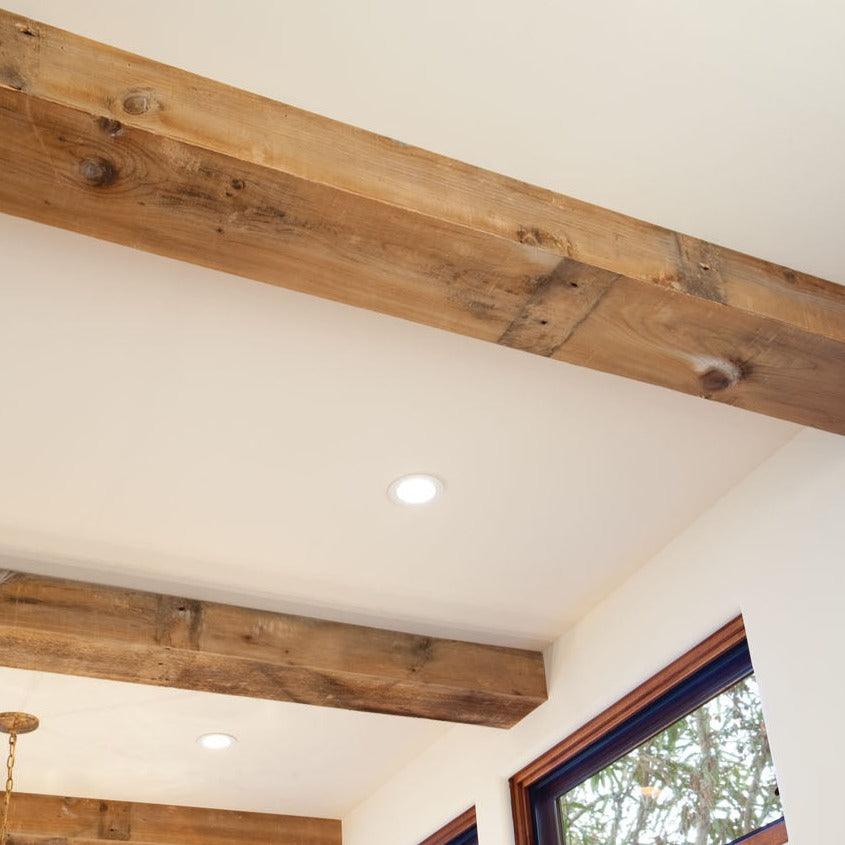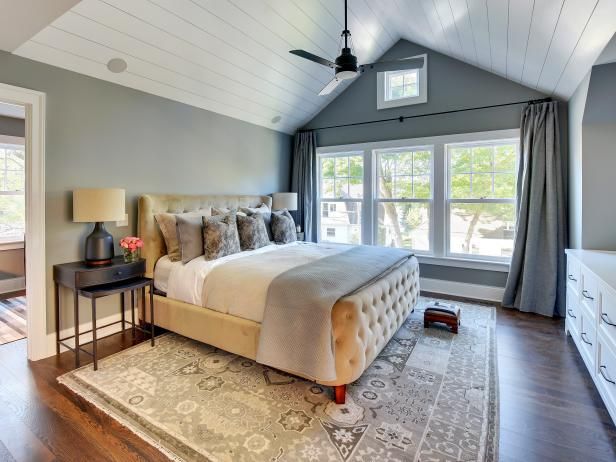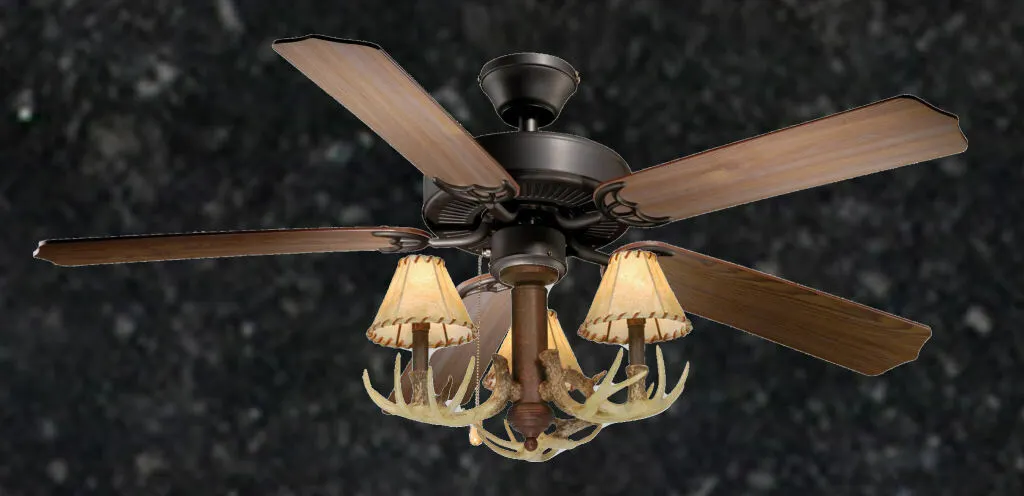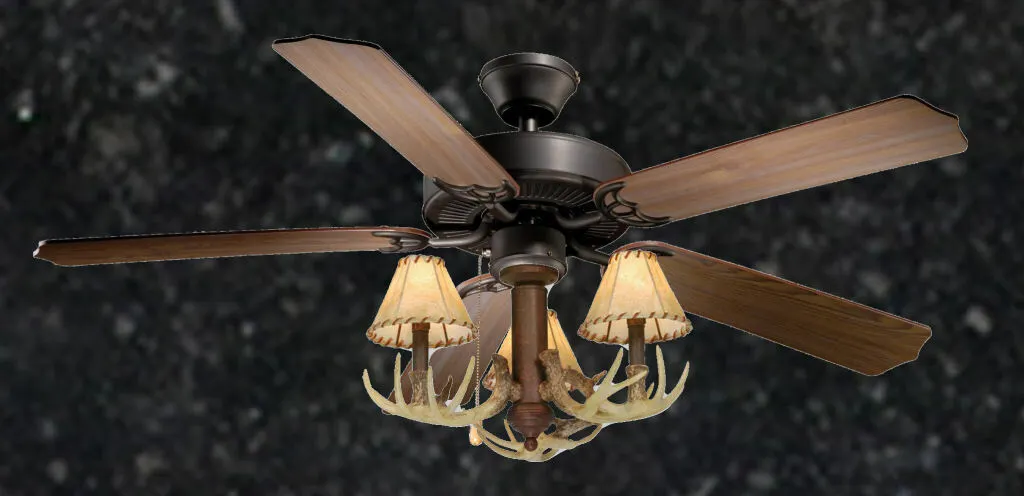In the world of home decor, few elements can transform a space quite like a ceiling fan. Beyond their practical function of providing cooling relief, ceiling fans can significantly enhance the aesthetic of a room. One particularly popular style is the rustic ceiling fan with lights. This design choice not only brings a cozy, warm atmosphere to your home but also integrates functional lighting solutions. Whether you’re aiming for a cabin-inspired look, a farmhouse aesthetic, or simply want to incorporate natural materials into your decor, rustic ceiling fans with lights offer an attractive and versatile option.

What Is a Rustic Ceiling Fan With Lights?
A rustic ceiling fan with lights combines the cooling functionality of a ceiling fan with the illumination of integrated lighting. Typically featuring wood or metal finishes, these fans embody the charm of rural design and are perfect for settings where a cozy, inviting atmosphere is desired. They often incorporate features like:
- Natural Wood Blades: Fans may have blades made from reclaimed wood, offering unique grain patterns and textures that contribute to a rustic look.
- Industrial Metal Accents: Combining wood with iron or steel elements adds an industrial flair, balancing the warmth of wood with a rugged edge.
- Integrated Lighting: Many models include built-in light fixtures that can serve as the primary light source in a room, making them practical as well as stylish.
- Varied Styles: Rustic ceiling fans come in various styles, from vintage designs to more contemporary interpretations, ensuring there’s an option to fit your specific decor needs.
Read too: Kitchen Lighting For A Vaulted Ceiling: Illuminating Your Space with Style and Functionality
Benefits of Choosing a Rustic Ceiling Fan With Lights
1. Aesthetic Appeal
One of the most significant advantages of a rustic ceiling fan with lights is its ability to enhance the decor of a room. The blend of natural materials and stylish design creates a focal point that draws the eye. This makes it an ideal choice for living rooms, bedrooms, and even outdoor spaces like porches or patios.
2. Functional Lighting
In addition to cooling your space, these fans provide essential lighting. Many rustic ceiling fans come equipped with adjustable brightness settings and different light color options, allowing you to create the perfect ambiance for any occasion. Whether you need bright light for reading or a warm glow for a cozy evening, these fans can accommodate your needs.
3. Energy Efficiency
Rustic ceiling fans with lights often use energy-efficient LED bulbs, which consume less power than traditional incandescent bulbs. This means you can enjoy the benefits of both lighting and cooling while keeping your energy bills in check. Additionally, many ceiling fans can help circulate air, reducing the need for air conditioning in warmer months.
4. Versatility in Design
Rustic ceiling fans with lights can be integrated into various decor styles. Whether your home is designed in a country, farmhouse, industrial, or even a modern aesthetic, you can find a rustic fan that complements your overall theme. They blend well with other rustic decor elements, such as wooden furniture, stone accents, and warm color palettes.
5. Improved Air Circulation
Using a ceiling fan effectively can improve the air circulation in a room, making it feel more comfortable year-round. In winter, running the fan in reverse can help distribute warm air from heating sources, while in summer, it can create a cooling breeze. This functionality makes rustic ceiling fans an excellent choice for climate control in your home.
Choosing the Right Rustic Ceiling Fan With Lights
When selecting the perfect rustic ceiling fan with lights for your home, consider the following factors:
1. Room Size
The size of the room where you plan to install the fan is crucial. Larger rooms may require more powerful fans with larger blade spans, while smaller spaces may benefit from compact designs. Here’s a quick guide for blade size based on room size:
- Small Rooms (up to 75 sq ft): 29″ to 36″ blade span
- Medium Rooms (up to 144 sq ft): 36″ to 42″ blade span
- Large Rooms (over 144 sq ft): 44″ or larger blade span
2. Style and Finish
Choose a fan that complements your existing decor. Consider materials, colors, and finishes. A fan with a distressed wood finish can add a rustic charm, while metal accents can enhance the industrial feel. Don’t hesitate to mix materials for a unique look that suits your style.
3. Lighting Options
Look for fans with integrated lighting features that fit your needs. Options may include adjustable brightness, dimmable lights, and various light color temperatures (warm, cool, or daylight). Make sure the light output is sufficient for the room’s size and intended use.
4. Noise Level
Consider the noise level of the fan. High-quality models typically operate quietly, ensuring you can enjoy a peaceful environment. If possible, test the fan before purchasing to gauge its sound level during operation.
5. Installation Requirements
Some ceiling fans can be more complicated to install than others. If you are not comfortable with electrical work, you might want to hire a professional to ensure a safe and proper installation. Check if the fan comes with clear installation instructions and all necessary hardware.
Installation of a Rustic Ceiling Fan With Lights
Installing a rustic ceiling fan with lights can be a rewarding DIY project if you have some basic skills. Here’s a step-by-step guide to help you through the process:
Tools and Materials Needed
- Screwdriver (flat and Phillips head)
- Ladder
- Wire cutters/strippers
- Electrical tape
- Voltage tester
- Rustic ceiling fan with lights
Step-by-Step Installation Guide
- Turn Off Power: Before starting, turn off the power at the circuit breaker to prevent any electrical accidents.
- Remove the Old Fixture: If you are replacing an existing light fixture, carefully remove it. Use a voltage tester to ensure that no electricity is flowing through the wires.
- Install the Mounting Bracket: Most ceiling fans come with a mounting bracket. Attach it securely to the ceiling using screws provided in the fan kit.
- Prepare the Wires: Strip about half an inch of insulation from the ends of the wires. Generally, you’ll have a black (live) wire, a white (neutral) wire, and a green or bare wire (ground).
- Connect the Wires:
- Connect the black wire from the fan to the black wire in the ceiling.
- Connect the white wire from the fan to the white wire in the ceiling.
- Connect the green or bare wire from the fan to the ground wire in the ceiling.
- Use wire nuts to secure each connection and wrap them with electrical tape for added safety.
- Attach the Fan: Lift the fan and attach it to the mounting bracket according to the manufacturer’s instructions. Ensure it is secured properly.
- Install the Light Kit: If your fan includes a light kit, install it following the provided instructions. This usually involves attaching the light fixture and connecting the corresponding wires.
- Final Adjustments: Adjust the fan blades if necessary and ensure everything is secure.
- Restore Power and Test: Turn the power back on at the circuit breaker. Test the fan and light to ensure they are functioning correctly.
Maintenance Tips for Your Rustic Ceiling Fan With Lights
To ensure your rustic ceiling fan with lights continues to perform well and look great, follow these maintenance tips:
1. Regular Dusting
Ceiling fans can accumulate dust, especially on the blades and light fixtures. Use a soft cloth or a duster to wipe down the blades and fixtures regularly to keep them looking clean and functioning efficiently.
2. Check for Wobbling
If your fan starts to wobble during operation, it may need adjustment. Tighten any loose screws and ensure the blades are correctly aligned. A level can help you check the alignment of the fan.
3. Lubricate Moving Parts
Consult the manufacturer’s instructions regarding lubrication. Some ceiling fans have specific lubrication points that should be maintained to keep the fan running smoothly.
4. Inspect Wiring Annually
Once a year, inspect the wiring and connections for any signs of wear or damage. If you notice any frayed wires or loose connections, address them immediately to prevent potential hazards.
5. Replace Bulbs as Needed
If the integrated lighting in your fan begins to flicker or goes out, replace the bulbs according to the specifications outlined in the product manual.
Conclusion
A rustic ceiling fan with lights is an excellent addition to any home, providing not only practical benefits like improved airflow and lighting but also enhancing the overall aesthetic appeal. By choosing the right fan for your space, you can create a warm, inviting atmosphere that reflects your personal style. With proper installation and maintenance, your rustic ceiling fan can serve as a beautiful and functional centerpiece in your home for years to come.
Whether you’re redecorating or starting from scratch, consider the charm and efficiency of a rustic ceiling fan with lights as an integral part of your home decor strategy.


